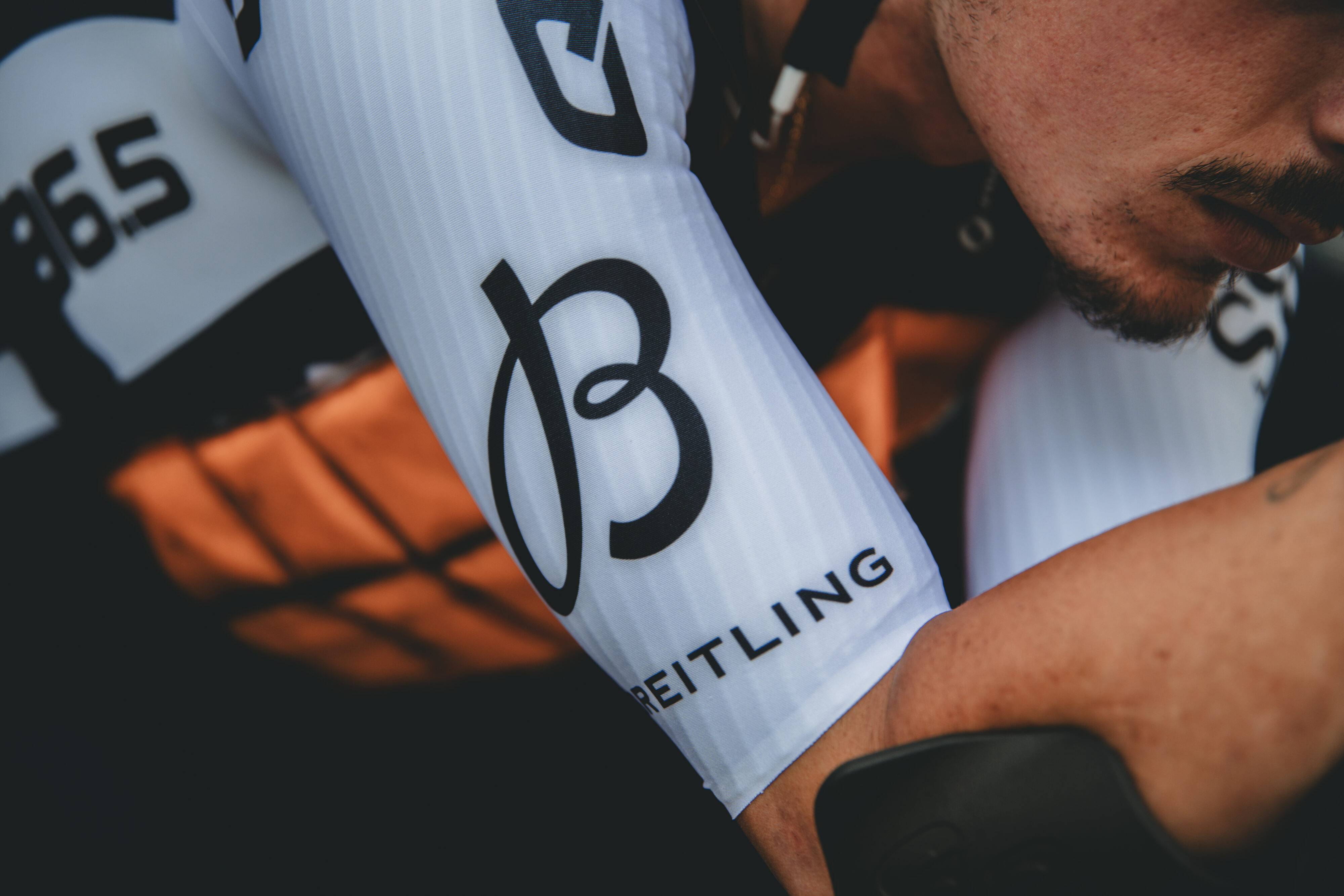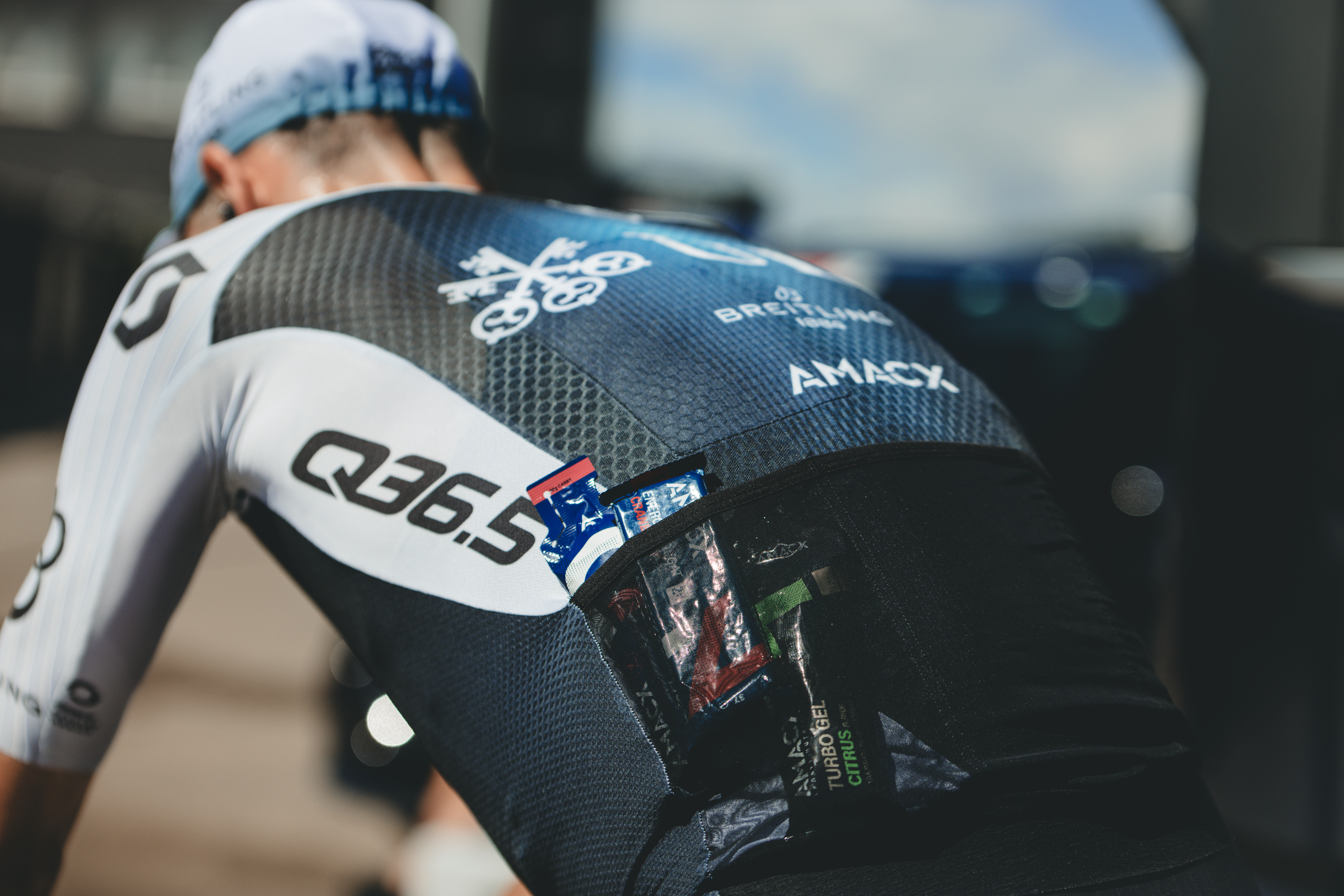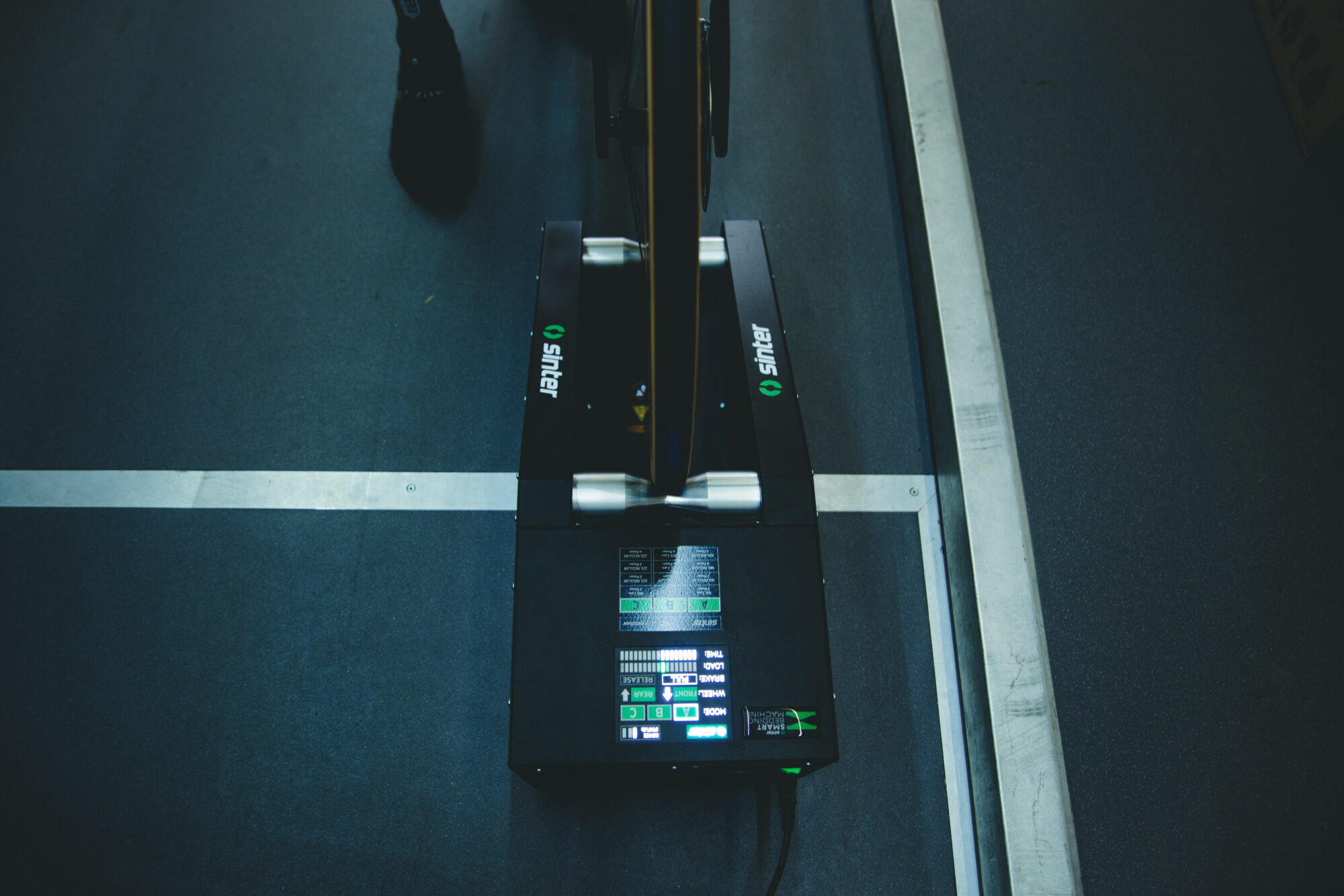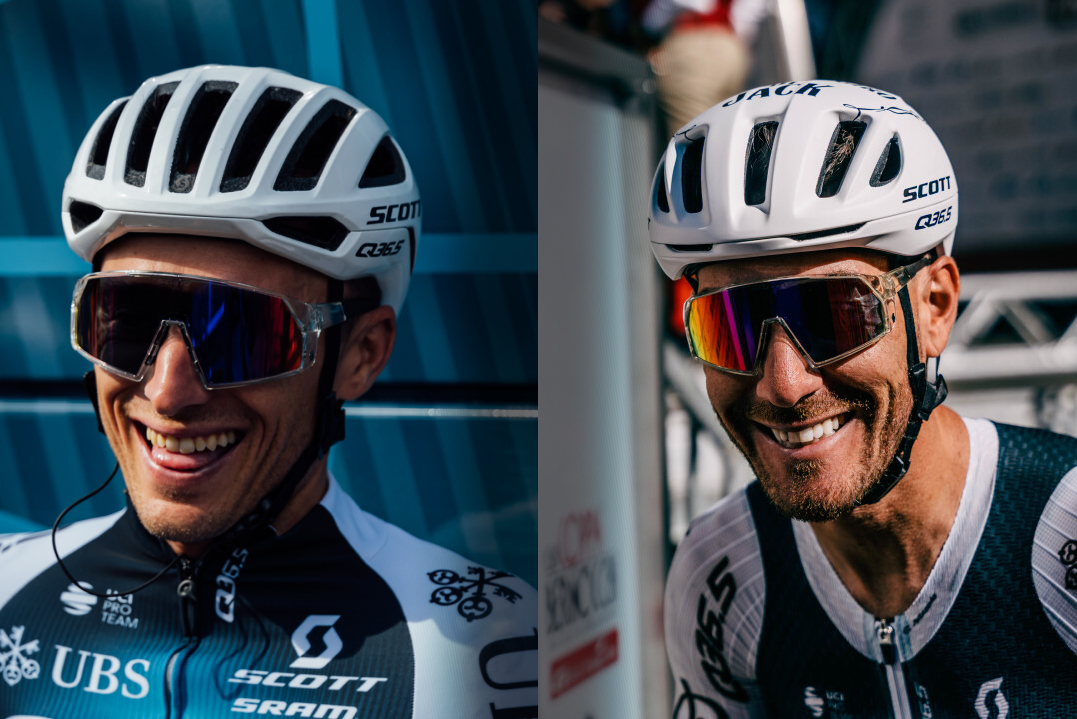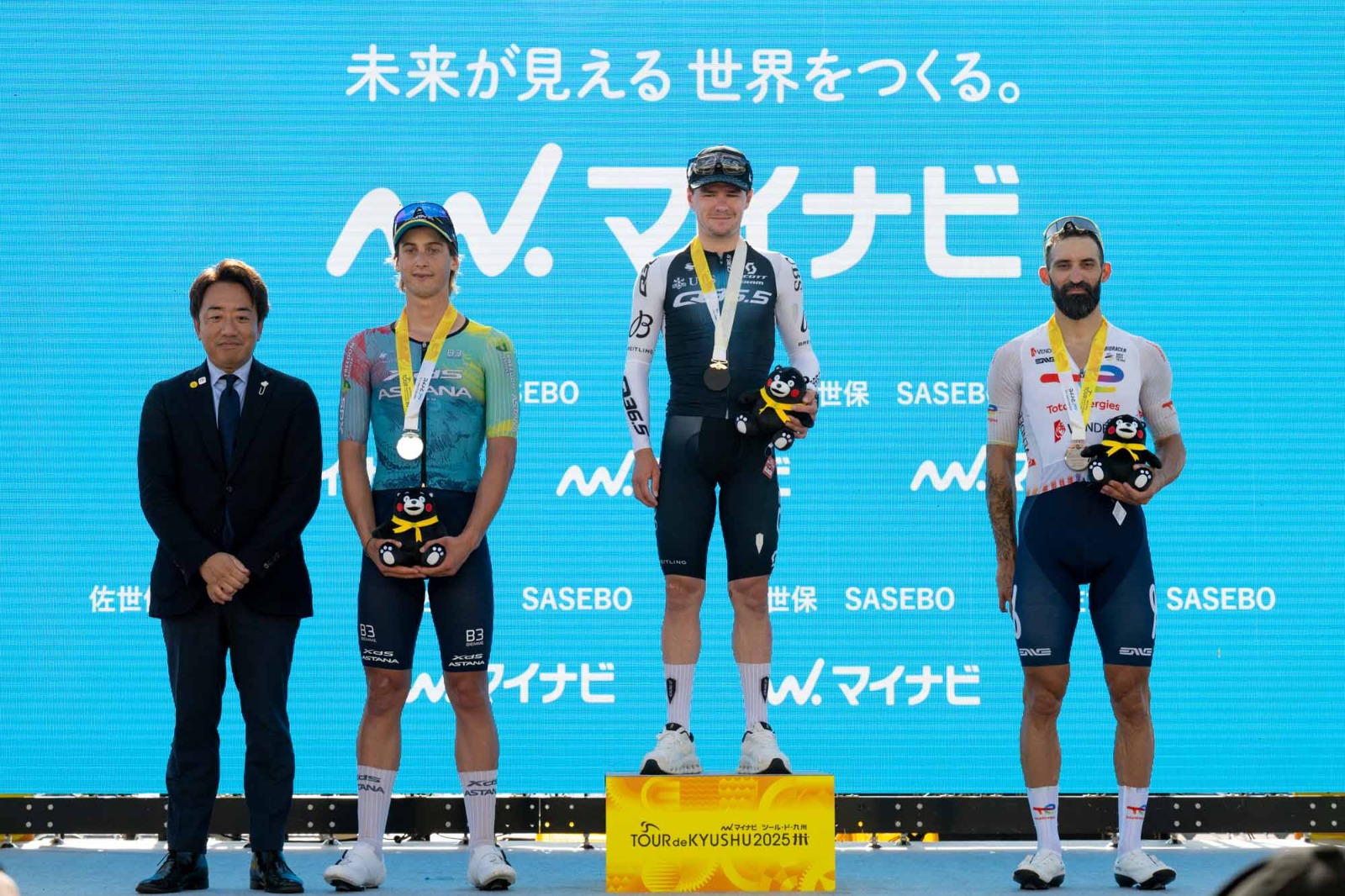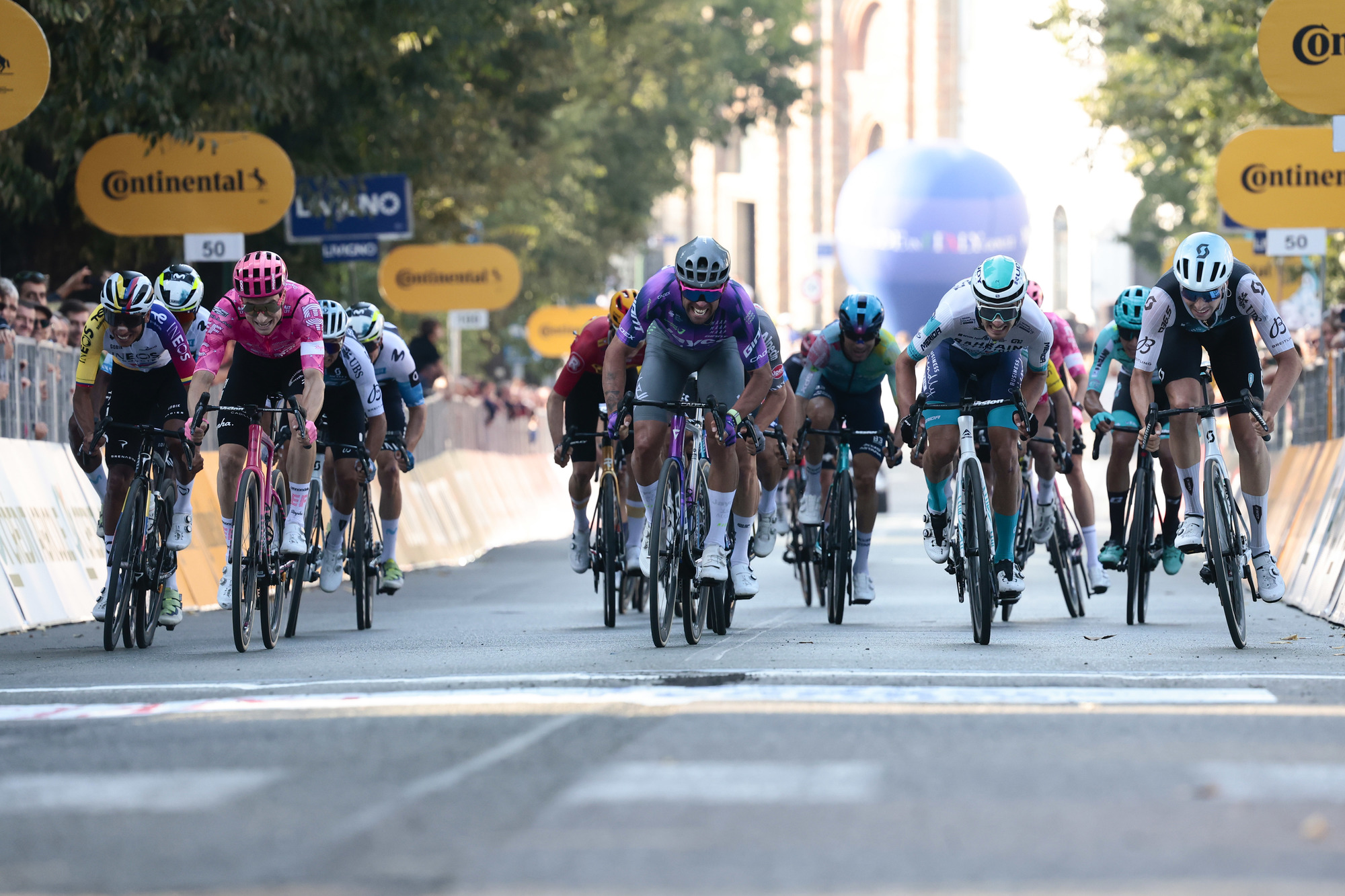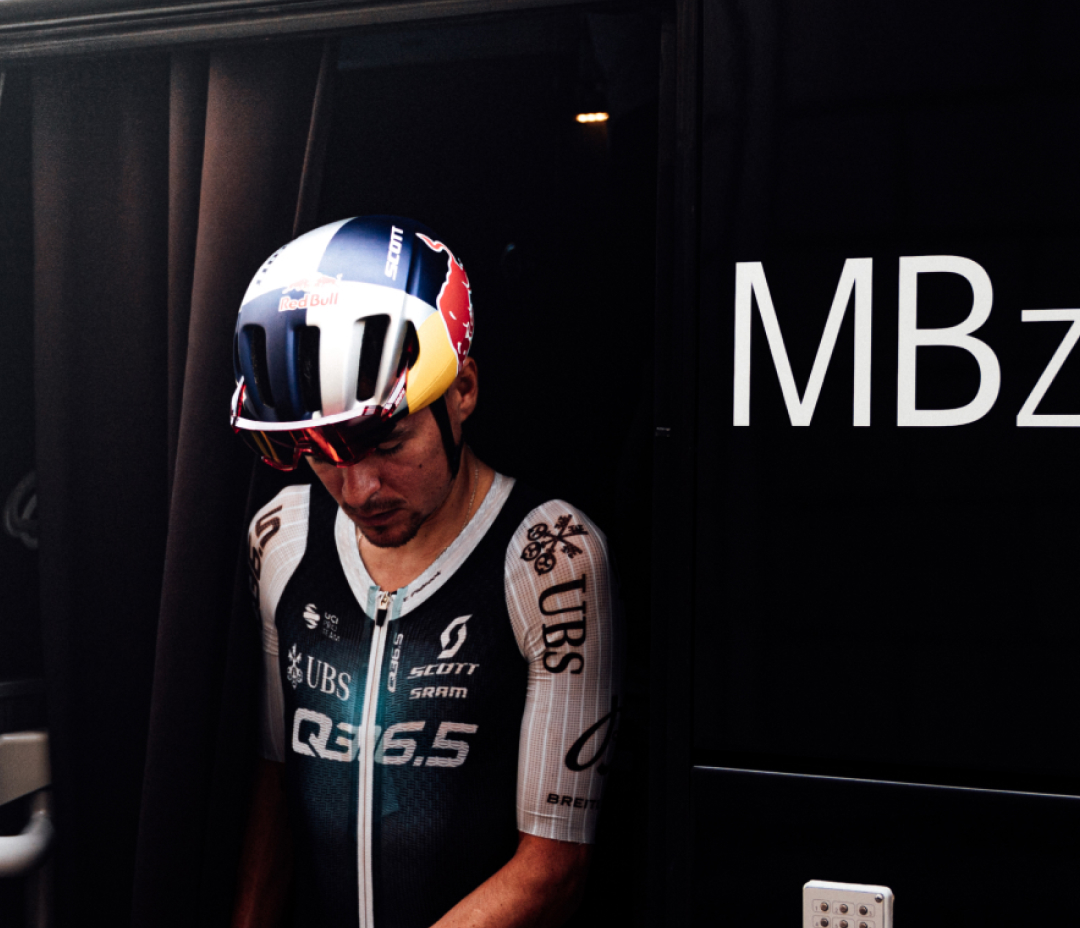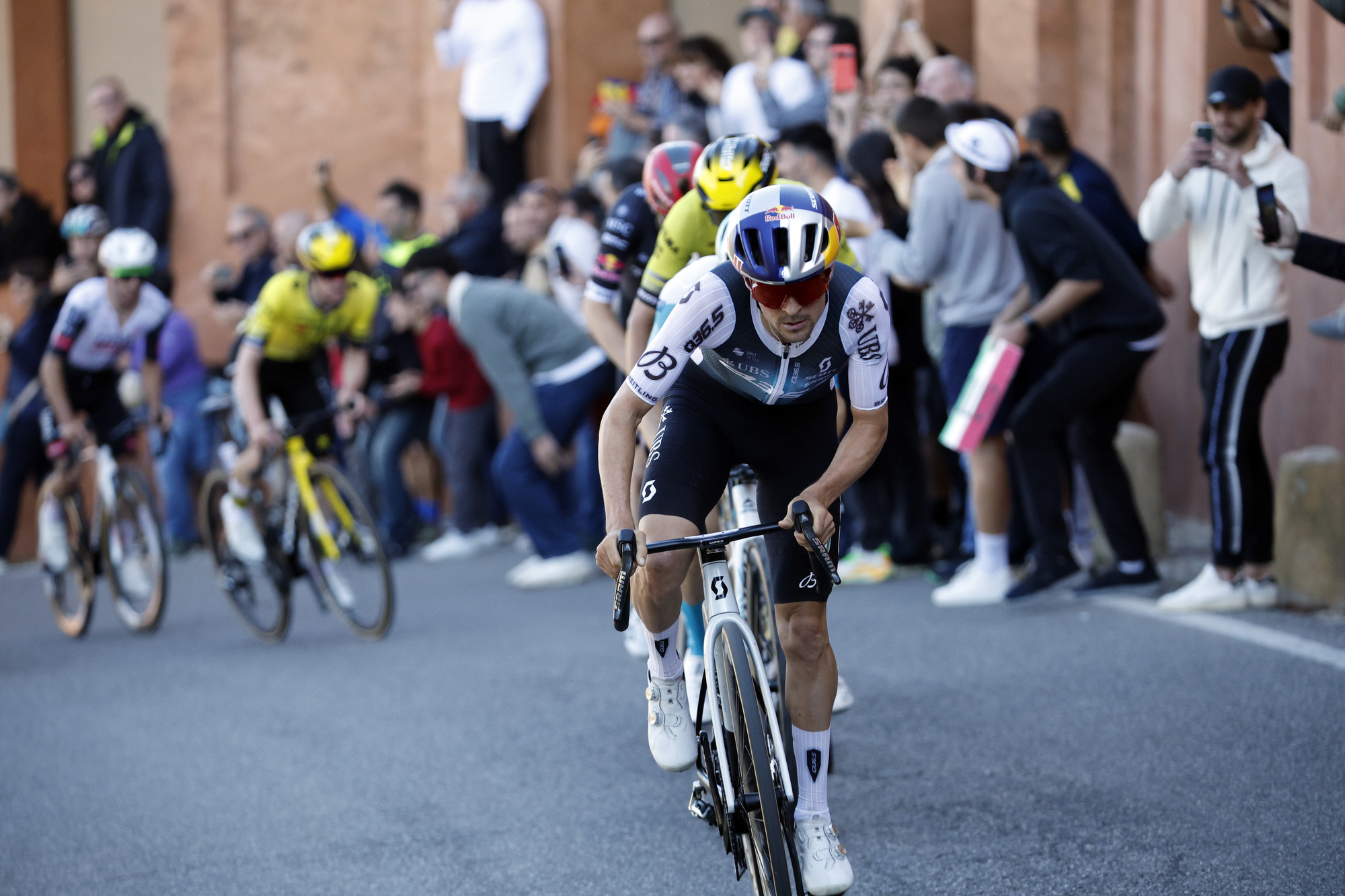News
The Last One Percent
Professional cycling is a sport that lives in the margins. Every watt matters, every revolution measured, every gram scrutinised. In the team cars, at the roadside, behind the hotel doors late at night — 99 per cent of the effort is already spent. That’s the domain of soigneur hands, sports directors’ judgement calls, the quiet diligence of coaches, doctors, chefs, physios and nutritionists.
But in a race like La Vuelta, where three weeks unfold across mountain passes, crosswinds and hot days, the final one per cent can be decisive. This is where the team’s performance partners step out of the shadows
9 September 2025
The big adjustments
At the July altitude camp in Andorra, Q36.5 arrived with prototypes pulled from their Dottore Clima range, extreme-heat race suits that hadn’t yet felt the edge of competition. The testing was clinical: drying times, moisture absorption, temperature sensors taped to the riders’ cores. By the time David de la Cruz and Tom Pidcock pinned numbers on for the Vuelta, the fabric had been proven to manage moisture faster, breathe deeper and hold aero lines even in punishing conditions. So far so good, as Tom sits 3rd in GC.
The team’s Scott arsenal provides a rare luxury: the Addict for days carved in altitude, the Foil when speed is currency on flatter roads. Choosing the right weapon is half science, half instinct. Across two weeks of racing, it’s already been clear: the Addict’s stiffness on the high ramps, the Foil’s slicing lines in the crosswinds. Riders talk of “feel” as much as numbers, and the confidence in having the right bike for the terrain is a gain in itself.
Amacx is more than gels and bottles handed from the window. It is fuelling turned into science, recovery shakes designed for three-week fatigue to carb mixes matched to stage profiles. The staff measure and adjust constantly, balancing gut comfort with glycogen need. It’s invisible work, but it makes the difference between a rider emptying with ten kilometres to go or still finding speed on the red numbers of the Angliru.
The hidden 1%
Around this core sit the innovations that never make a headline but quietly shape performance. Protective balms from RaceBalm that keep skin resilient day after day; cooling vests from Inuteq that lower core temperatures before hot stage starts; recovery systems like Human Tecar that restore circulation and reduce swelling so the body can turn over again the next morning. Sinter Brakes, braking systems engineered to bed in precisely and bite predictably, giving riders the trust to descend on the edge of control. Navigation and data devices from Garmin that are changed based on the terrain, aero-optimised on flat stages, mountain-ready when altitude gain and weight become the decisive metrics.
Individually, each of these technologies is a marginal gain. Together, they form an ecosystem of trust and comfort. They give the riders confidence in the unseen: that their bodies will recover, that their equipment will hold, that the data on their screen will guide them to the line. For the staff, it’s the reassurance that every last controllable detail is being taken care of, freeing them to focus on the immeasurable.
This Vuelta, Tom Pidcock sits at the sharp end of GC not only because of talent or training, but because the staff can push 99 per cent and the partners can deliver that elusive final one. Jerseys, bikes and shorts absorb the spotlight, but behind them lies a constellation of products and people shaping comfort, performance and resilience.
Cycling has always been about fractions. The margins are invisible to the fan at the roadside, but felt deeply by the rider inside the race. For Q36.5 Pro Cycling Team, our performance partners have become essential. The last one per cent may be small, but it is never insignificant.
Read More about our Race So Far :


